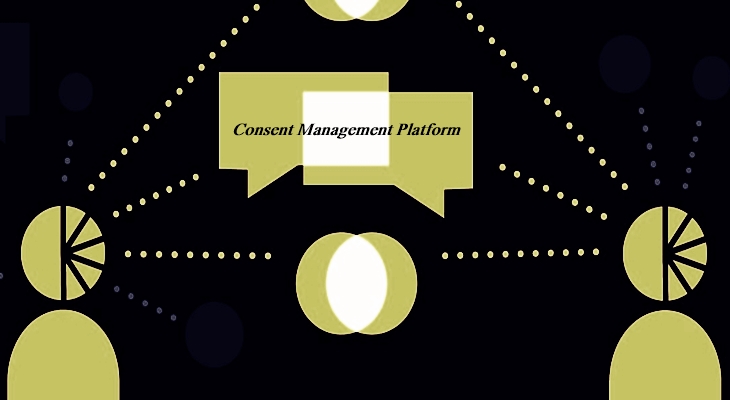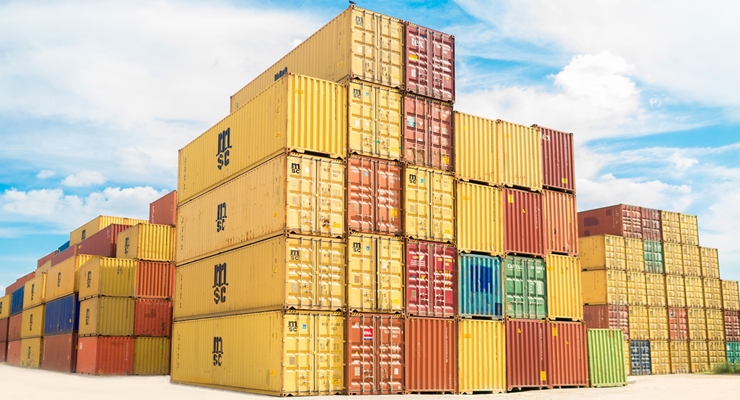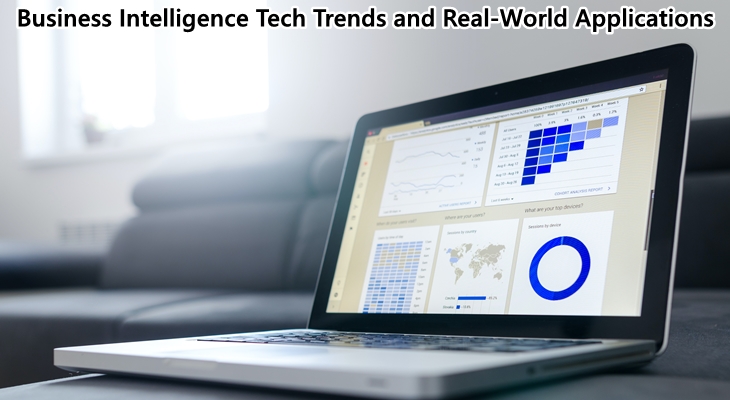Cloud computing services platforms have become an essential commodity for almost every business.
The substantial growth in the amount of data collected, the increase in complexity of data, the ever-growing importance of data privacy have led to companies opting for cloud computing services which are considered safe, secure, robust, and convenient to access.
There are a lot of different types of platforms dedicated to serving different cloud computing purposes such as Software as a Service (SaaS), Infrastructure as a Service (IaaS), and Platform as a Service (PaaS).
While Container as a Service (CaaS) is not traditionally considered as one of the key service models, but a lot of software companies that require more control over the components of the applications are adopting the CaaS.
What is CaaS?
A container as a Service is considered as a cloud service that is in between Infrastructure as a Service (IaaS) and Platform as a Service (PaaS).
It is even termed as a subset of IaaS. Instead of using a virtual machine, a container is used as a basic resource for CaaS.
Software developers rely on CaaS to build secure and easily scalable containerized applications with the help of either on-premises data centers or over the cloud.
One of the best examples of CaaS is Microsoft Azure.
What is PaaS?
Platform as a service (PaaS) is a cloud computing model that helps the software developers to deliver the software and hardware tools required for application development.
Users don't have to install hardware and the software for either developing or running an application as the PaaS provider takes care of hosting the software and hardware on their infrastructure.
One of the best examples of PaaS is Google App Engine.
Also Read: Top Five Difference between Iaas & PaaS 2018
The Differentiating Factors Between CaaS and PaaS
1. PaaS is more commonly termed as application platforms while on the other hand, CaaS is generally termed as Container platforms.
2. PaaS is an operational model, or in more accurate terms it is an application delivery model which is fixed from the service provider’s end; while containers are applications that manage their behavior and state leading to more control over the delivery models.
3. PaaS is a mechanism in which the service provider deploys, hosts, and executes the application for the developers. But in the case of CaaS, the developers need to structurally define the space for the packaging and execution from the operating system’s point of view.
4. If we integrate PaaS and CaaS in a system, the role of the platform is to deliver the capability of application development to the software developer while the role of a container is to ensure the quality of that particular delivery.
5. In the case of CaaS, developers need to bear the operational overhead and need to understand the flow of the operation clearly. But in the case of PaaS, the operational overhead is not borne by the developers, which helps them to work more on the quality of the software.
6. There is a limitation on the operation flexibility as PaaS is dependent upon the vendor offerings. But in the case of CaaS, there is a scope for developers to adjust and change according to their requirements.
7. PaaS is more suitable to the organizations which are comfortable with the public cloud and have a very small or no IT team while CaaS is more suitable when you have a specific need where you require more control over the components of the applications resulting in a bit more investment from the IT developer resources point of view.
You may also like to read:
CaaS vs. IaaS: What's the Difference Between the Two?





